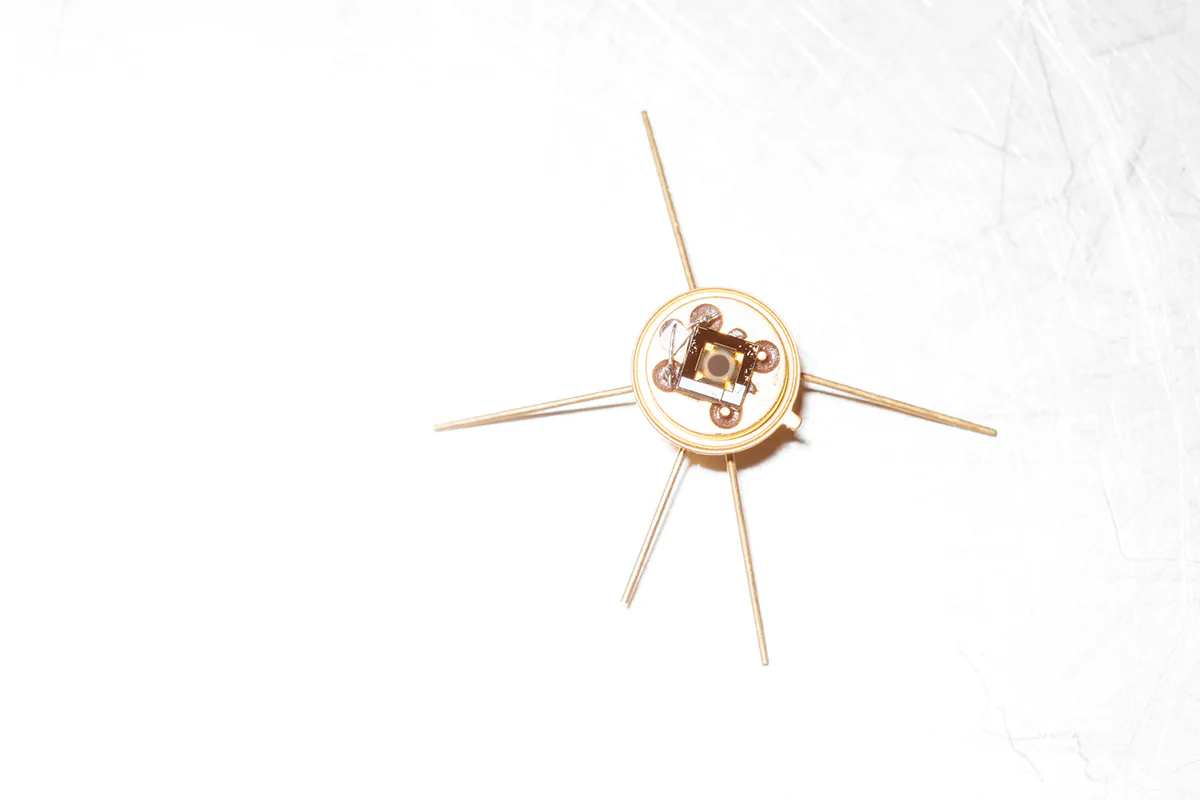A milestone for Thuringian research: High-precision sensors from the Jena-based Leibniz Institute for Photonic Technologies (Leibniz IPHT) are part of the current IM-2 lunar mission, which was launched at the end of February 2025 to reach the south pole of the moon. The sensors are installed in the Lunar RADiometer (LRAD), which measures extreme temperatures on the lunar surface in search of water ice, a potential resource for future space missions. The mission is being carried out by Intuitive Machines on behalf of NASA as part of the Commercial Lunar Payload Services (CLPS) program. One of the highlights: The µNova Hopper mini lander will jump into a crater that never sees the sun, where the Jena sensors will deliver high-precision temperature data under extreme conditions. The sensors utilize high-efficiency compound semiconductors based on the thermoelectric effect. They are resistant to temperature fluctuations, mechanical stress and radiation – and have already proven themselves on missions such as ROSETTA, Curiosity, and InSight. Leibniz IPHT’s mission underscores its role as an internationally sought-after technology partner and innovation driver in Thuringia.

